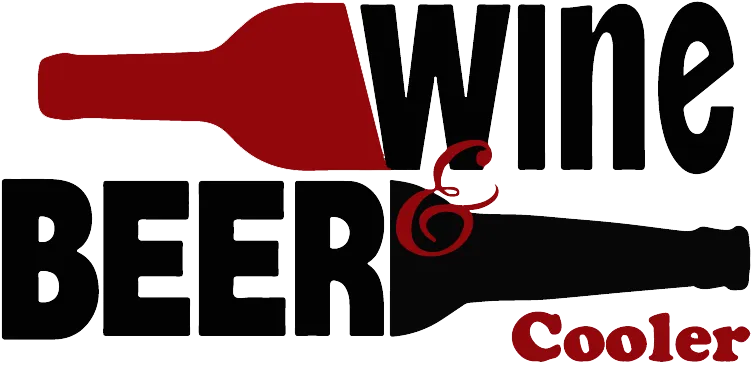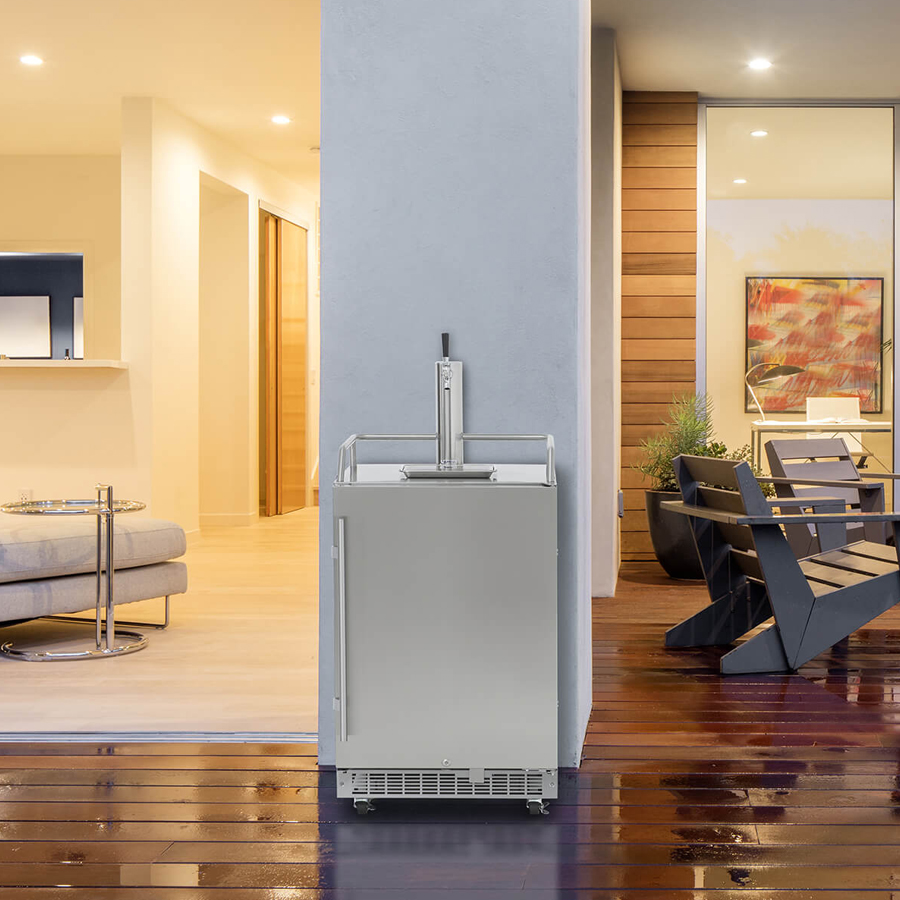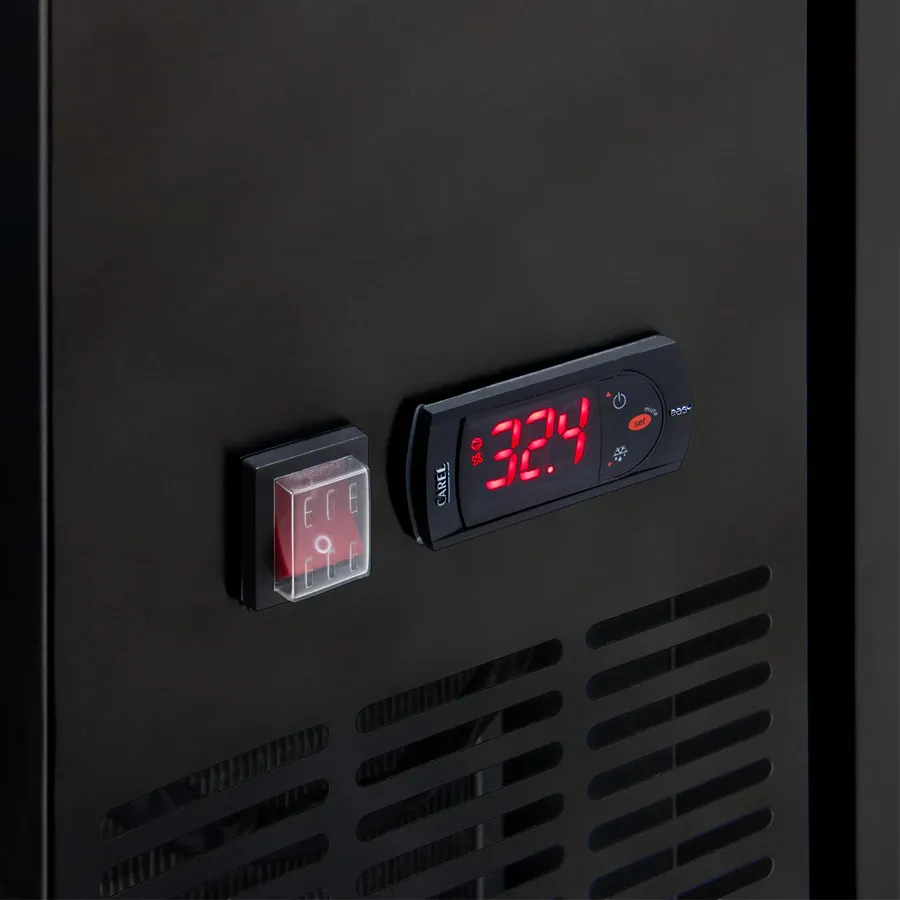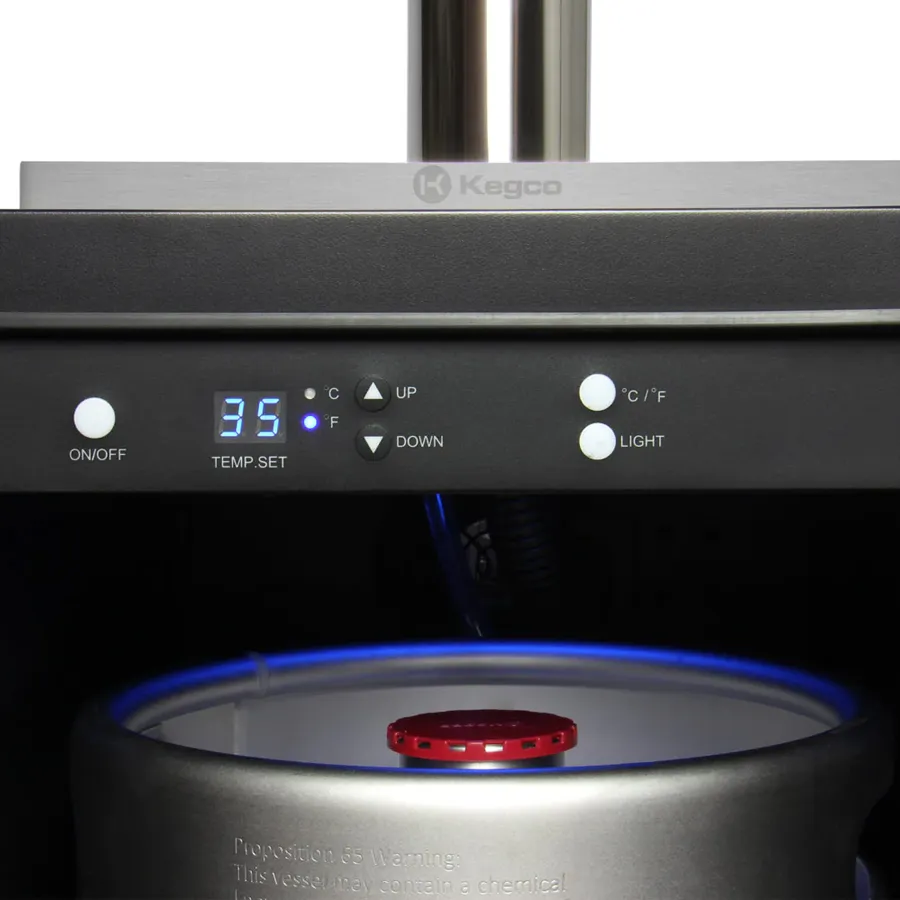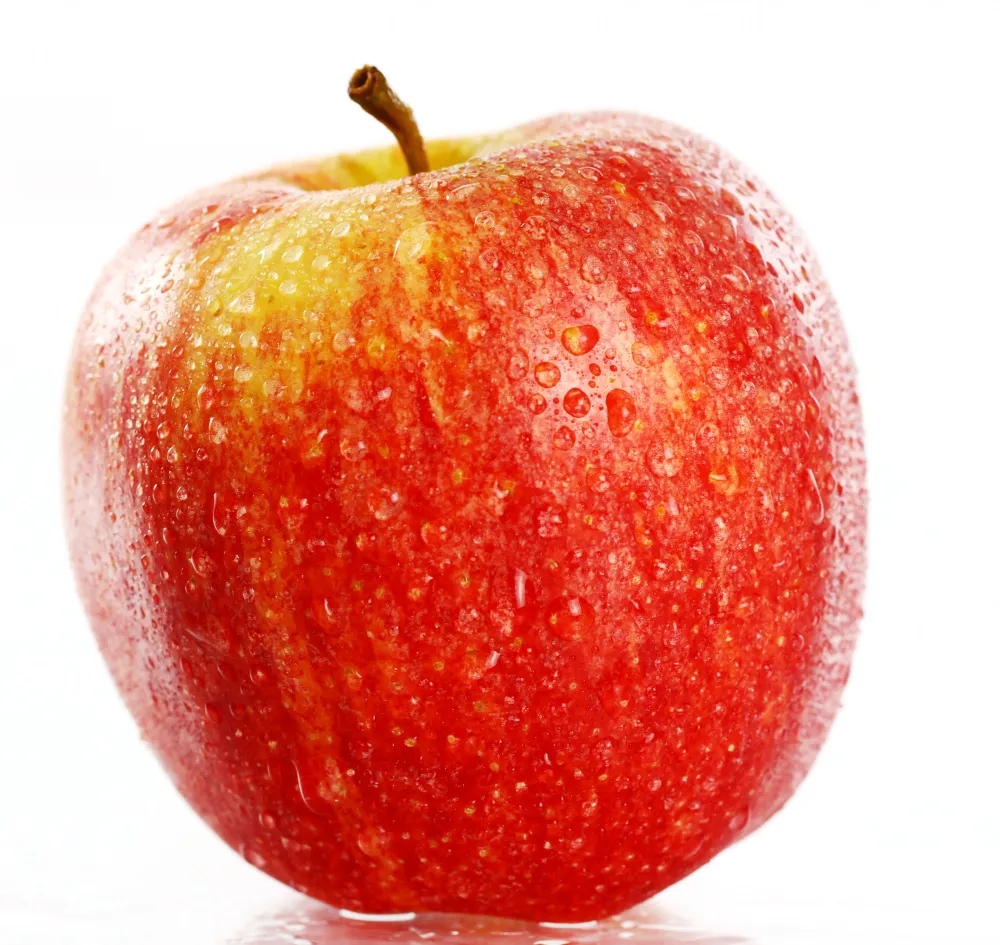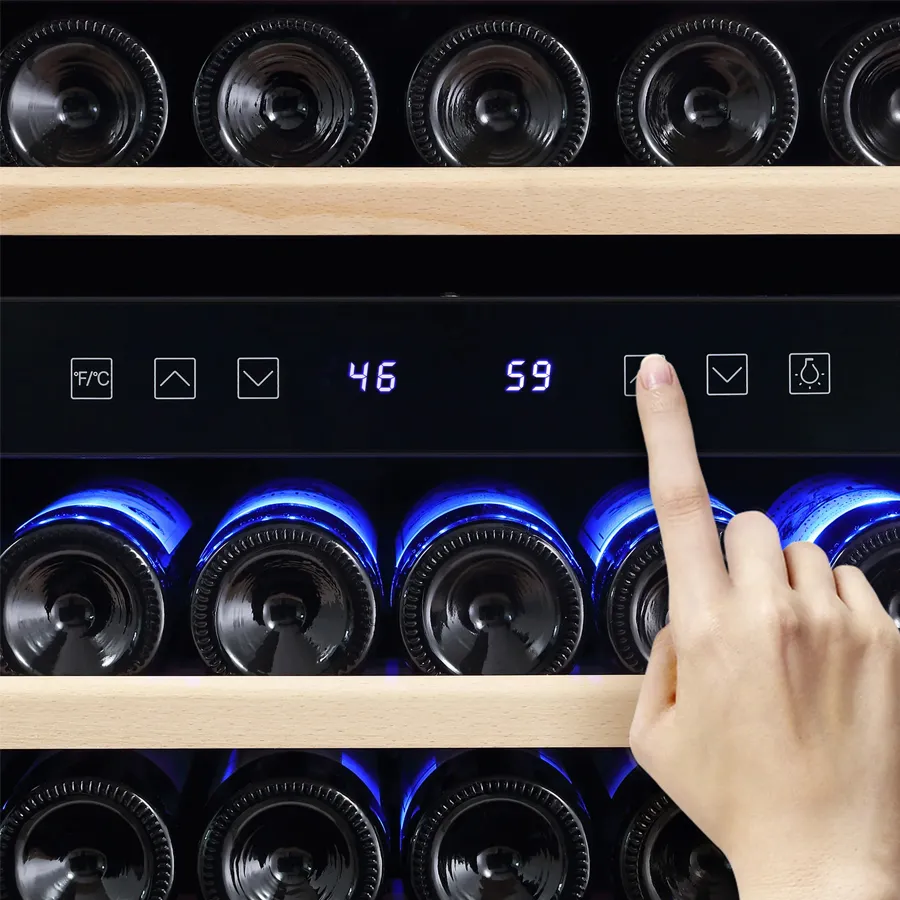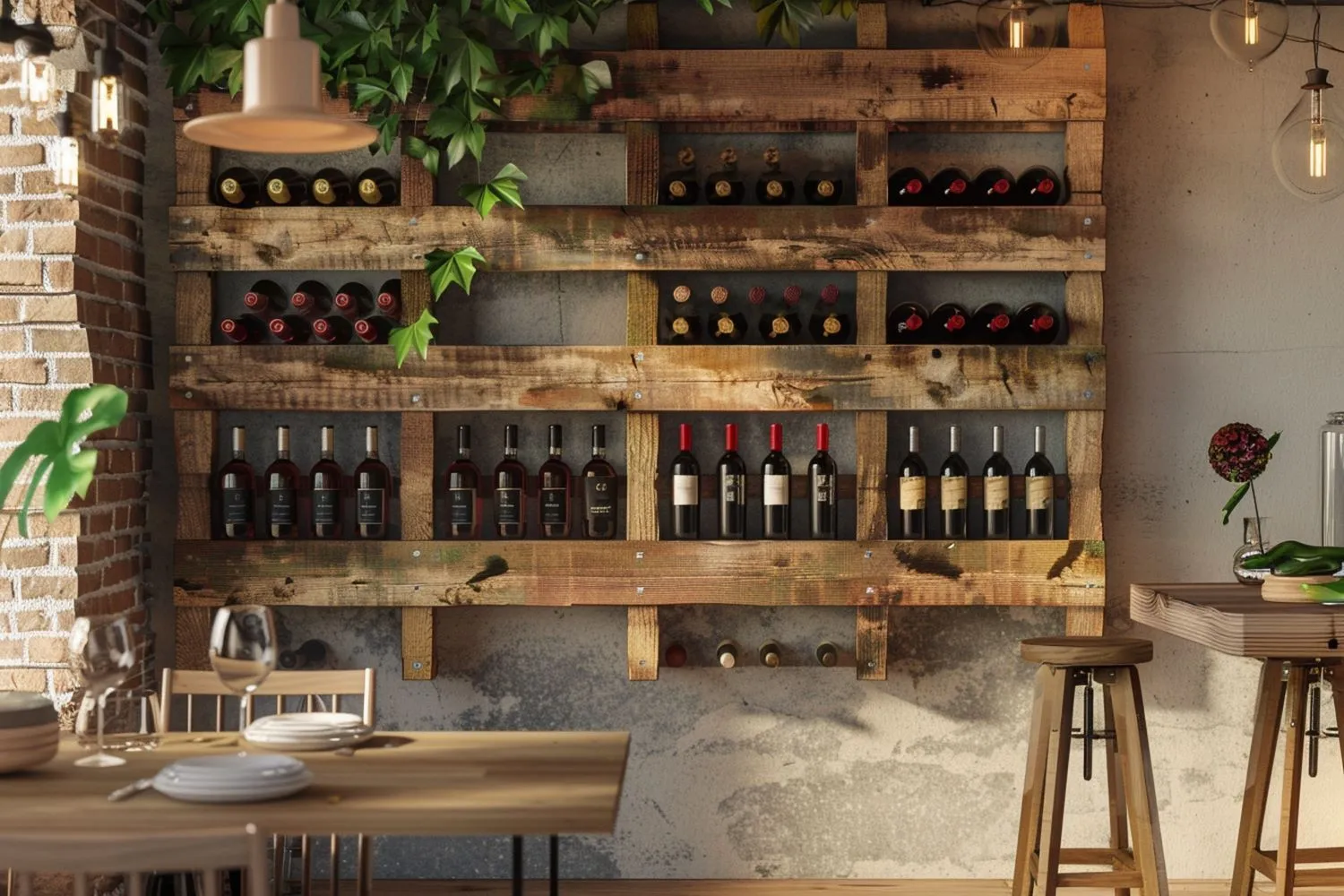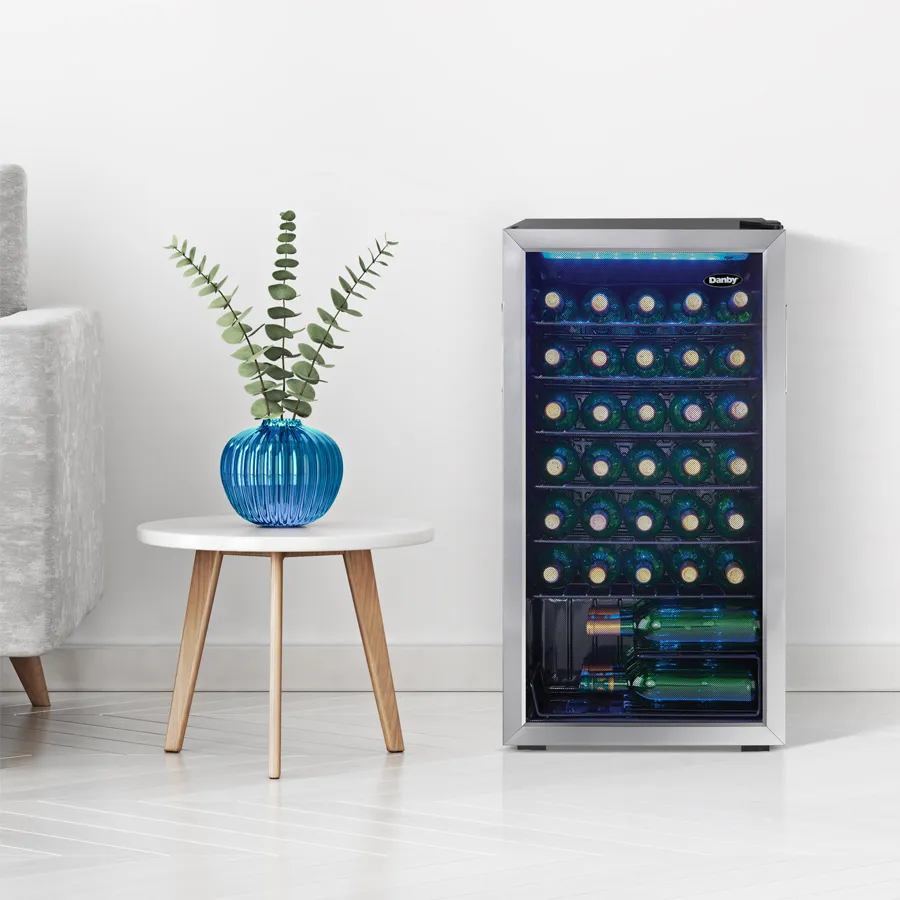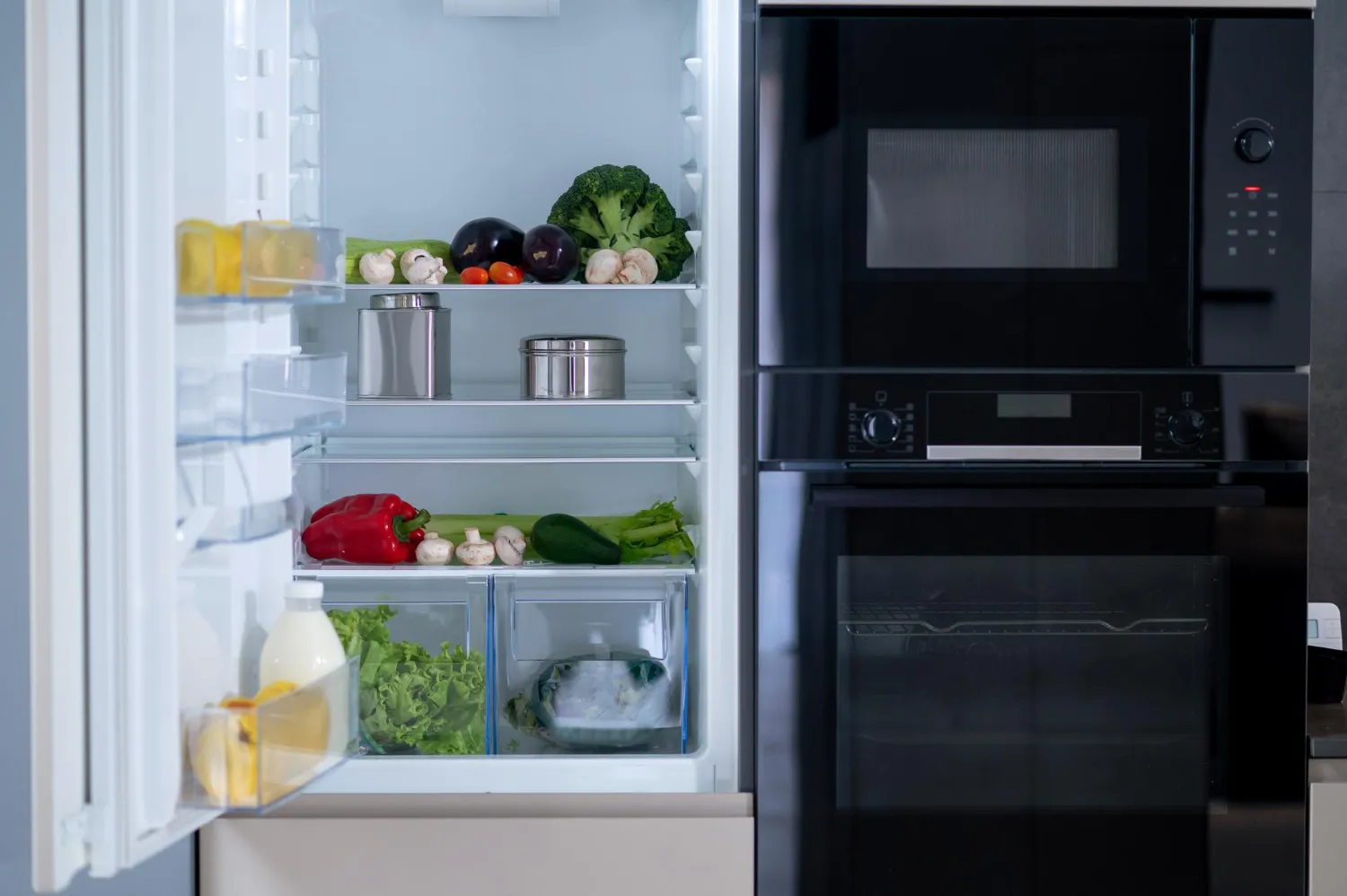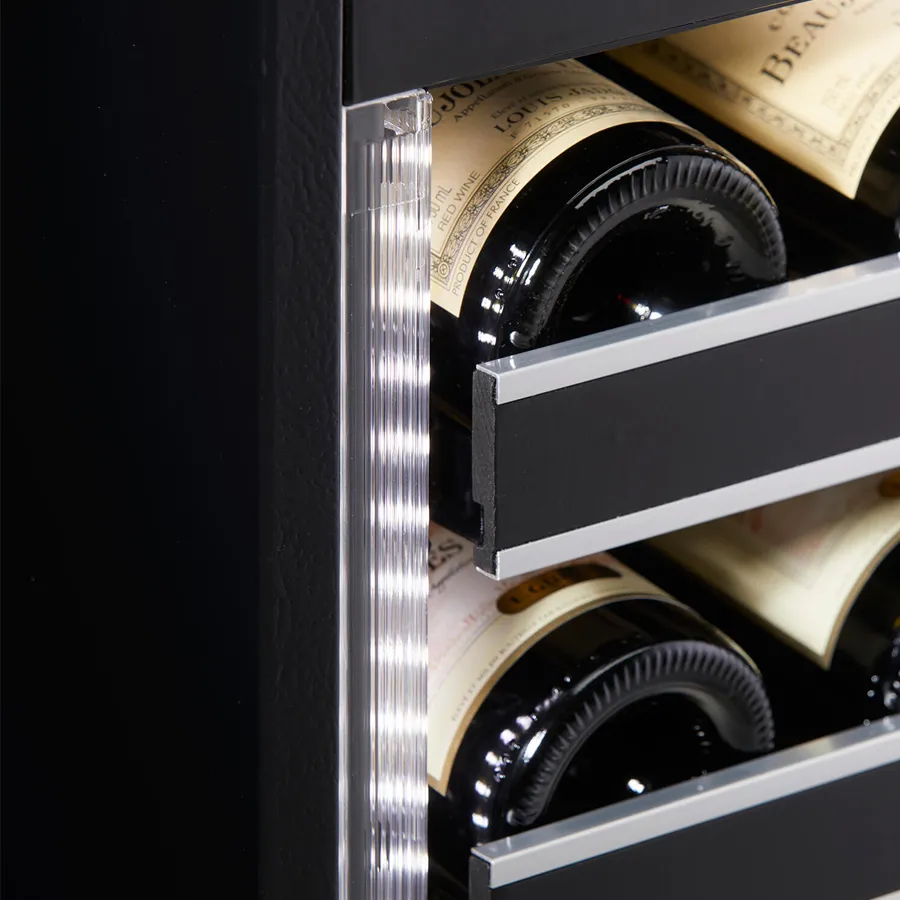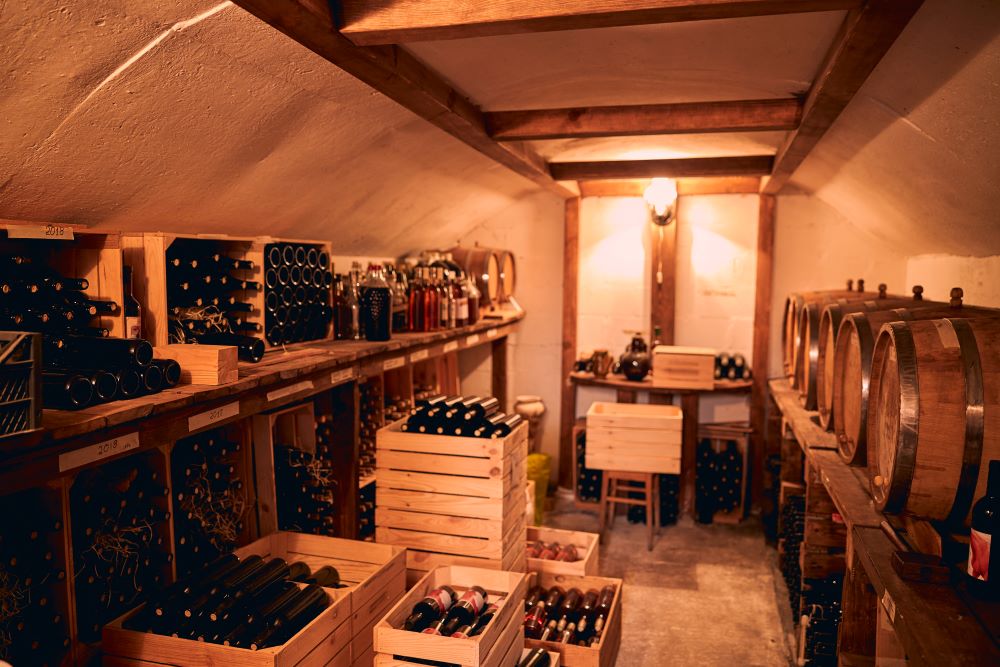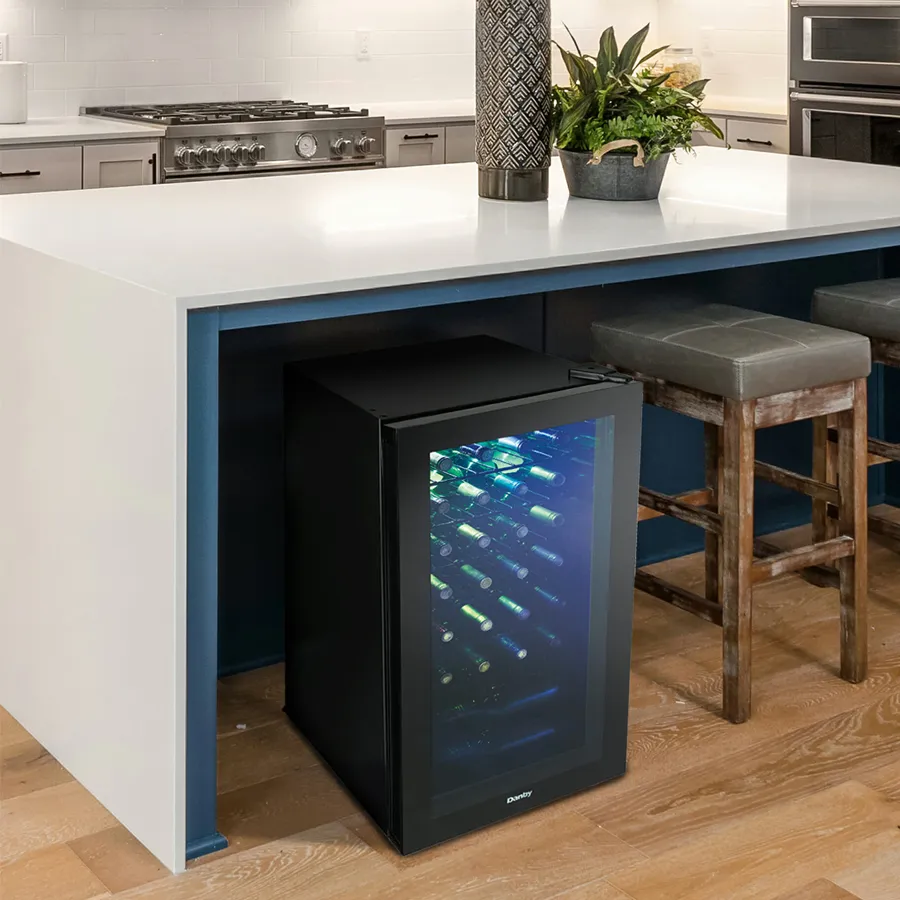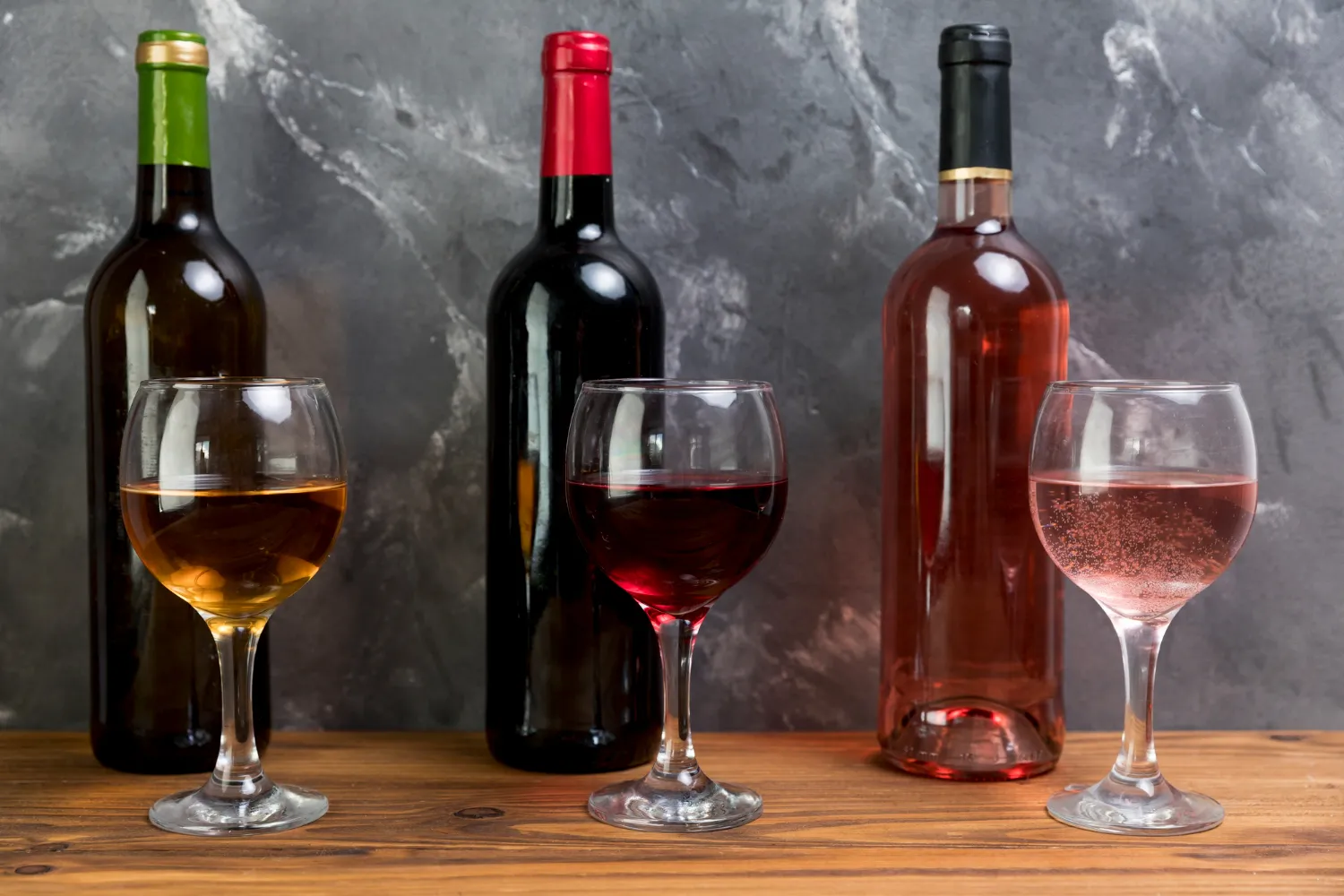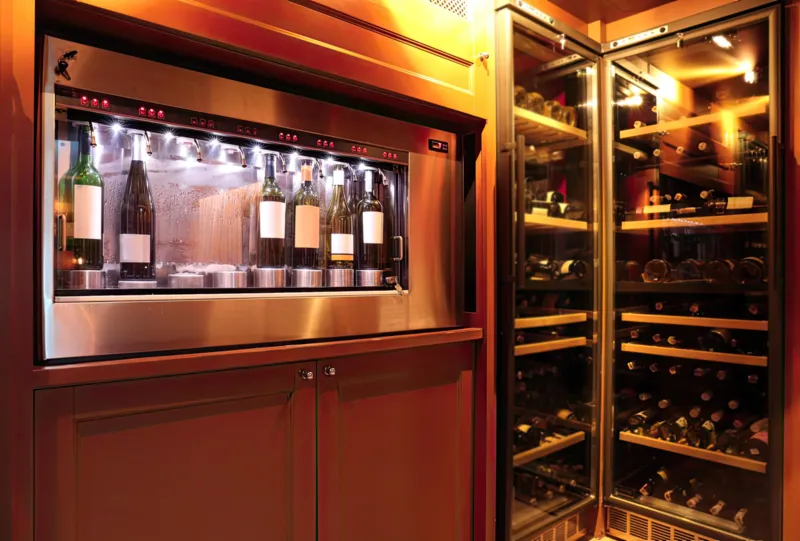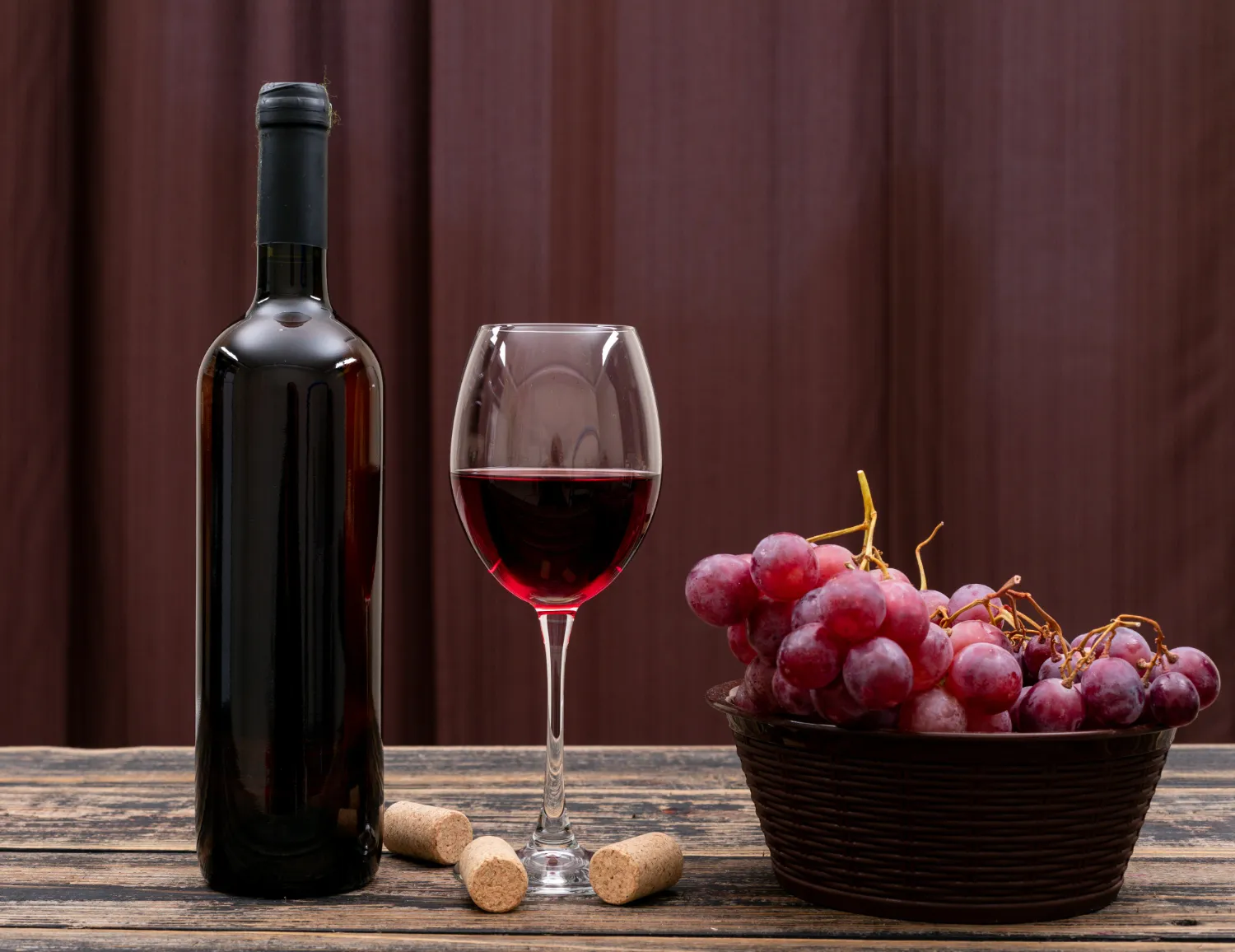For the finest pour and taste preservation, make sure your kegerator is set to the correct temperature. If you want to know how to get the most out of your kegerator, this post will show you how to adjust the temperature settings.
=> Quick Answer: To maintain its liquid state, beer, as a general rule, requires a temperature between 32 and 50 °F degrees. The ideal serving temperature for beer varies by style, although generally speaking, warmer temperatures are preferred for certain brews.
The Ideas Temperature For Beers:
The debate of the century… how cold should I keep my beer? Too warm and you’ll have more head than you know what to do with. Too cold, and you might get a sloppy slushy instead. The perfect temperature for beer is between 32 and 50 °F degrees. This temperature range allows the beer to maintain its carbonation and flavor, while also allowing for a smooth pour.
Here is a breakdown of the ideal temperature settings for your kegerator:
| Beer Style | Temperature (°F) |
| Lager | 32-38 |
| Pale Ale | 38-45 |
| Stout | 45-50 |
| IPA | 45-50 |
Variables Affecting the Temperature in a Kegerator
Several factors come into play when determining the optimal temperature for your kegerator, each influencing the taste and enjoyment of your beer. Let’s delve into these key considerations:
- Beer Style Preferences: Different beer styles shine at specific temperatures. Generally, lighter options such as lagers and pilsners are recommended between 38°F to 45°F (3°C to 7°C), while ales and stouts are best enjoyed at slightly higher temperatures, ranging from 45°F to 55°F (7°C to 13°C). Adhering to these ranges ensures that the unique flavors of each beer style are brought to the forefront.
- Personal Taste Exploration: Your individual palate plays a significant role. Experimenting with temperatures allows you to tailor the serving conditions to your liking. Some may prefer a slightly warmer or colder beer than the recommended range, emphasizing the importance of personal preference in finding the perfect temperature for your unique taste.
- CO2 Pressure Adjustment: Fine-tuning the carbonation level in your beer is achievable by adjusting the CO2 pressure in the kegerator. This adjustment is crucial because the ideal kegerator temperature is closely linked to the desired carbonation level. Higher pressures are necessary for colder temperatures, ensuring that the beer maintains its effervescence and overall mouthfeel.
- Ambient Environment Impact: The room’s ambient temperature, where your kegerator resides, is another influential factor. Consistently warmer room temperatures may necessitate setting the kegerator to a lower temperature to counterbalance external conditions. Understanding and accounting for the ambient environment help maintain the desired serving temperature and beer quality.
By considering these factors, you can tailor the kegerator temperature to enhance the characteristics of your chosen beer style, align with your personal preferences, and accommodate external variables, ensuring a more satisfying and enjoyable beer-drinking experience.
Conclusion: Ideals Temperature Setting in Kegerators
Ultimately, the ideal temperature setting in your kegerator will depend on the type of beer you are serving. For ales, a temperature range of 45-50°F is recommended, while lagers are best served at 38-45°F. It’s important to note that maintaining a consistent temperature is crucial to preserving the quality of your beer and ensuring that it remains fresh and flavorful. Additionally, regular monitoring and adjusting of the temperature setting will help you achieve the perfect pour every time. By understanding the ideal temperature settings for different types of beer, you can ensure that your kegerator is optimized for serving the best possible brews.
